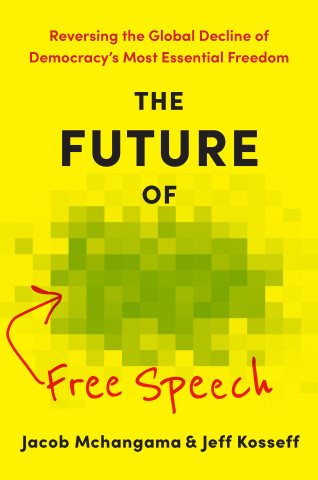
Reviews
The well-organized and clearly written book illustrates the way the president's use of document classification and state-secrets privilege to solidify presidential control are reinforced by legal decisions sympathetic to presidential power.
Robert Pallitto and William Weaver provide a well-written discussion of a controversial issue related to American governance... Given the comprehensive scope and depth of analysis throughout the book, the authors are successful in providing a thoughtful and challenging approach to an evolving governmental matter.
Book Details
Acknowledgments
Introduction: The Secret Presidency
1. The Secret Presidency in Historical-Theoretical Perspective
2. The Classified President
3. State Secrets and Executive Power
4. The Shadow President
Acknowledgments
Introduction: The Secret Presidency
1. The Secret Presidency in Historical-Theoretical Perspective
2. The Classified President
3. State Secrets and Executive Power
4. The Shadow President: The Attorney General, Executive Power, and the New Anti-Terror Laws
5. The President and National Security Surveillance
6. The New Executive Privilege
Conclusion: A Secret Presidency for the New Millennium?
Notes
Index






